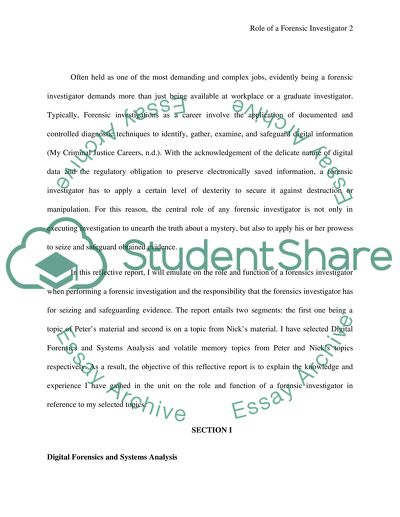Cite this document
(“Reflective report Essay Example | Topics and Well Written Essays - 3000 words - 1”, n.d.)
Reflective report Essay Example | Topics and Well Written Essays - 3000 words - 1. Retrieved from https://studentshare.org/information-technology/1675939-reflective-report
Reflective report Essay Example | Topics and Well Written Essays - 3000 words - 1. Retrieved from https://studentshare.org/information-technology/1675939-reflective-report
(Reflective Report Essay Example | Topics and Well Written Essays - 3000 Words - 1)
Reflective Report Essay Example | Topics and Well Written Essays - 3000 Words - 1. https://studentshare.org/information-technology/1675939-reflective-report.
Reflective Report Essay Example | Topics and Well Written Essays - 3000 Words - 1. https://studentshare.org/information-technology/1675939-reflective-report.
“Reflective Report Essay Example | Topics and Well Written Essays - 3000 Words - 1”, n.d. https://studentshare.org/information-technology/1675939-reflective-report.


